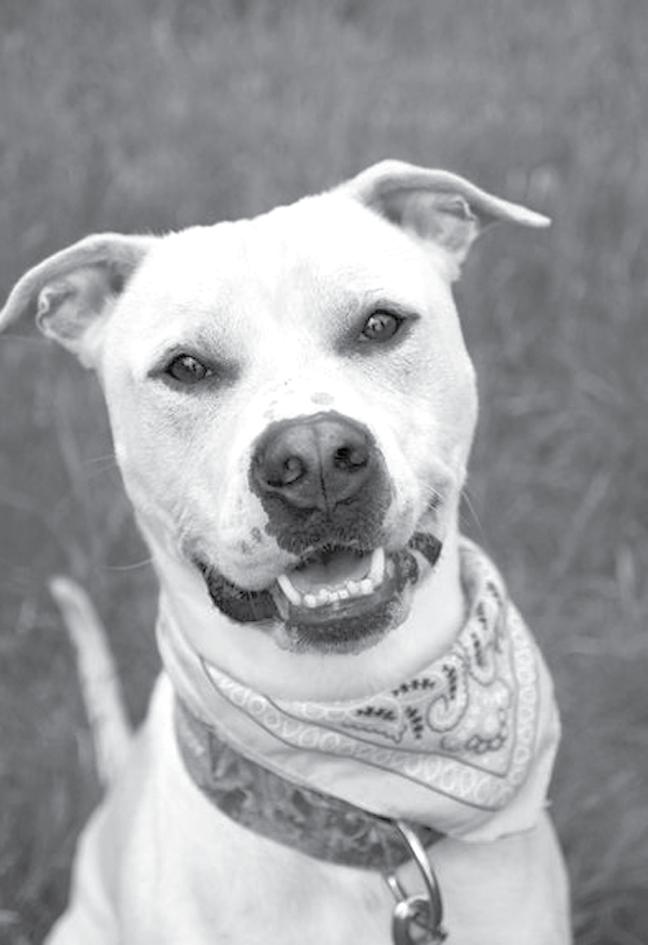
3 minute read
What’s in a name change?
Liverpool, Westhill, Canastota, Weedsport, Hannibal, Fulton, Clinton, Morrisville-Eaton, Utica Proctor, Whitesboro, Hannibal, Indian River, Oriskany, Sauquoit Valley, Waterville, West Canada Valley.
Put together, they make up nearly 20 percent of the schools in Section III and contain a good chunk of the history of area high school athletics, excelling in every sport imaginable.
And they’ll all need a new nickname soon.
Effective May 3, the New York State Department of Education has asked each of these schools to move away from the monikers they have held which, directly or indirectly, had Native American roots.
To say this won’t be easy might understate things.
Nothing stirs up a community more than a government entity telling them that the way they’ve done things for generations must change, and soon. Add to it the pride and passion of high school sports and, well, you’ve got a chance at a real tempest.
We’ve seen how this plays out. Go to the Buffalo area, where the Lancaster School District, in 2015, decided to eliminate the ethnic slur it used as a nickname for more than 60 years.
The controversy included protests, a school walkout and plenty of community outrage. Within a few months, though, the name “Legends” was settled on, and….life went on.
So it has gone at all levels for more than half a century. Colleges and universities were the first to walk away from these stereotypes, Stanford and Dartmouth doing so in the early 1970s and many more, from St. John’s to Marquette to Colgate, altering their names or, in the case of Syracuse and Illinois, discarding mascots.
It’s proven tougher in professional sports. Washington’s NFL team held on for a long time before sponsors bolted and, magically, minds were changed. Cleveland’s baseball team resisted, too, but now they’re the Guardians. Others – the Atlanta Braves, Kansas City Chiefs – hang on, but for how long?
Here at the high school level, there are several issues at work. One of them is, of course, the way schools are tied to their hometowns at a deep emotional level, which includes the nicknames. To surrender them, willingly or unwillingly, guarantees to stir up arguments about pride, respect for others, and coercion.
Another, only complicating matters, is that schools like Liverpool, Westhill and Canastota had already moved away from Native American mascots, believing that terms like “Warriors” or “Raiders” could be interpreted multiple ways.
Above it all is that a change like this will cost money. And we are talking about public school districts with budgets and taxpayers to which they answer.
Even if, as almost always in these situations, school colors remain the same, new uniforms with new nicknames carry a price tag. Thus, it would be helpful if state officials make these changes more palatable by tying them to increased funding that covers these extra charges.
Generally, it’s good to promote a more tolerant culture, at schools and everywhere else. If there’s even the slightest chance a student with indigenous roots feels uncomfortable because of a nickname, it’s probably best to get away from it.
Those that will decry these changes will let you know how they feel day and night. It’s their right to stay true to what they love, even if some don’t like it or society goes in a different direction.
Ultimately, though, we must evolve. If schools only belonged to those who were here before, they could never learn, never grow, and never realize their full potential in a way that makes all the people who attend them proud.
Perhaps the best thing these school districts can do is something that might not be popular –namely, educate their communities on both the roots of their nicknames and the legitimate reasons why some found them offensive and why it’s important to address it in a decisive manner.
Would that cause some anger? Would it stir up some serious rows? Likely, yes, for change of anything is painful, but especially when it comes to things that affect the legitimate and vast memories older alumni have of their alma maters.
Yet history tell us that, once pain is absorbed, healing can follow. Anger can turn into understanding. Remember that as, in this moment, the loudest voices battle a tough but necessary move.
Phil Blackwell is sports editor at Eagle News. He can be reached at pblackwell@ eaglenewsonline. com.
Wild Carp Classic comes to Syracuse
The American Carp Society is proud to announce that they will be hosting the 2023 Wild Carp Classic in Syracuse, May 9 - 13. With a $50,000 potential State Record purse and over $40,000 in payouts, there will be close to 100 anglers traveling from ten different States to participate in this prestigious event.
Forty teams consisting of some the very best Carp Angler’s in the USA will be fishing both the Seneca River and Onandaga lake for a continuous 76 hours of trophy carp fishing.
The American Carp Society hosted the 2005 World Carp Championships on the St. Lawrence River and are looking to make the Wild Carp Classic (Championships) an annual event that will put
Syracuse on the map.
“We invite the public to visit during the tournament, ask questions and watch some incredible trophy sized carp being captured and safely released, “ stated Sean Manning, Co - Founder of the Organization.
For more information on The American Carp Society visit americancarpsociety.com.





